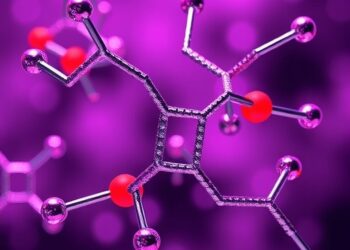Artificial intelligence (AI) has grown rapidly in the last few years, and with that increase, industries have been able to automate and improve their efficiency in operations.
Artificial intelligence (AI) has grown rapidly in the last few years, and with that increase, industries have been able to automate and improve their efficiency in operations.
A feature article published in AIChE Journal identifies the challenges and benefits of using Intelligence Augmentation (IA) in process safety systems.
Contributors to this work are Dr. Faisal Khan, professor and chemical engineering department head at Texas A&M University, Dr. Stratos Pistikopoulos, professor and director of the Energy Institute, Drs. Rajeevan Arunthavanathan, Tanjin Amin, and Zaman Sajid from the Mary Kay O’Connor Safety Center.
Additionally, Dr. Yuhe Tian from West Virginia University contributed the novel perspective of using AI in process plants from a safety perspective.
The research basis is to use an AI approach to process safety alongside humans rather than replacing them in operational decision-making, according to Khan.
“This research aims to develop a comprehensive framework based on IA that integrates AI and Human intelligence (HI) into process safety systems, ensuring enhanced safety and efficiency,” Arunthavanathan said. “We aim to provide a clear understanding of the potential and limitations of AI, propose IA strategies for their effective implementation to minimize risks and improve safety outcomes.”
Helping Humans, Not Replacing Them
Khan believes that AI and human intelligence can be combined, dispelling the fear that AI may eventually replace humans as it advances in its ability to perform tasks.
“The study examines the challenges in incorporating AI technology in real-world industrial applications and how IA can improve process monitoring, fault detection, and decision-making to improve process safety,” Amin said.
Khan contends that AI will improve safety by analyzing real-time data, predicting maintenance needs, and automatically detecting faults. However, the IA approach, using human decision-making, is also expected to reduce incident rates, lower operational costs, and increase reliability.
“The application of AI in chemical engineering presents significant challenges, which means it is not enough to ensure comprehensive process safety,” Sajid said. “To overcome these limitations, IA is introduced to work alongside human expertise rather than replace it.”
The research identifies several risks associated with implementing AI and IA in process industries. AI risks include data quality issues, overreliance on AI, lack of contextual understanding, model misinterpretation, and training and adaptation challenges. On the other hand, the risks associated with IA include human error in feedback, conflict in AI-HI decision-making, biased judgment, complexity in implementation, and reliability issues.
“The researchers are particularly interested in the challenges of AI and conceptualize IA to augment human decision-making in process safety,” Tian said. “They are fascinated by how AI can provide accurate and prompt responses based on data analysis while human intelligence can offer broader insights and considerations, including ethical and social factors.”
Khan believes that this research emphasizes the importance of developing reliable, trustworthy, and safe AI systems tailored to industrial applications.
“The collaboration between AI and human intelligence is seen as essential for advancing process safety,” Khan said. “Ongoing exploration of this synergy to meet the evolving demands of industrial safety will continue to enhance AI’s capabilities while ensuring robust risk management frameworks are in place,” Pistikopoulos added.
By Raven Wuebker, Texas A&M University Engineering
###
Journal
AIChE Journal
Article Title
Process safety 4.0: Artificial intelligence or intelligence augmentation for safer process operation?
Article Publication Date
15-May-2024




